The Royal Navy’s flagship aircraft carrier, HMS Queen Elizabeth, has left Portsmouth harbour just three days after her arrival, marking a rapid turnaround.
The 65,000-tonne warship set sail again on Monday to continue her operational duties.
This latest departure follows a brief stopover after a 10-day period of intensive training alongside the Royal Air Force and personnel from Britannia Royal Naval College. During her time at sea, the carrier engaged in a series of drills, including working with RAF Chinook helicopters and conducting joint exercises with the Type 23 frigate, HMS St Albans.
Welcome to the Wildcat helicopters of @825NAS who are joining us for a period of aviation training.
Most of the 825 Naval Air Squadron team embarked alongside @HMNBPortsmouth over the weekend and are now reunited with their aircraft out at sea. pic.twitter.com/Yr0Z0Delga
— HMS Queen Elizabeth (@HMSQNLZ) November 4, 2024
HMS Queen Elizabeth is expected to carry out further training exercises and engage in defence-related activities before returning to her home base in Portsmouth before the holiday season.
The ship and her sister
The Queen Elizabeth-class aircraft carriers are the largest and most advanced warships in the Royal Navy, designed to serve as the primary components of the UK’s Carrier Strike Group. This class includes two vessels: HMS Queen Elizabeth, commissioned in December 2017, and HMS Prince of Wales, commissioned in December 2019. Built by the Aircraft Carrier Alliance, these carriers were developed at a total cost of approximately £7.6 billion. They replace the earlier Invincible-class carriers and are built to support a variety of maritime operations.
Each Queen Elizabeth-class carrier has a displacement of 65,000 tonnes and a length of 284 metres. Their propulsion is provided by integrated electric systems combining Rolls-Royce Marine Trent MT30 gas turbines with Wärtsilä diesel engines, producing a total power of 158,800 horsepower. These vessels are capable of speeds over 25 knots and can travel up to 10,000 nautical miles on a single mission. They have berths to accommodate up to 1,600 personnel, including crew and air support units.
The carriers can house an air wing of up to 40 aircraft, including F-35B Lightning II jets and Merlin helicopters for roles such as anti-submarine warfare and airborne early warning. The flight deck, equipped with a 12º ski jump, is optimised for short takeoff and vertical landing (STOVL) operations, enabling the launch and recovery of F-35B aircraft. The hangar deck provides additional space for the maintenance and storage of these aircraft, with dimensions of 155 m x 34 m x 7 m.
For defence and situational awareness, each carrier is outfitted with a Phalanx Close-In Weapons System (CIWS), 30 mm DS30M Mk2 guns, and heavy machine guns. The radar and sensor systems include the S1850M long-range radar and Type 997 Artisan 3D radar, providing extensive tracking and detection capabilities to support the carrier’s operations.
At the UK Defence Journal, we aim to deliver accurate and timely news on defence matters. We rely on the support of readers like you to maintain our independence and high-quality journalism. Please consider making a one-off donation to help us continue our work. Click here to donate. Thank you for your support!


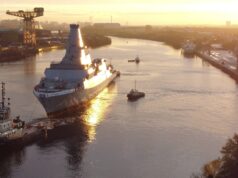
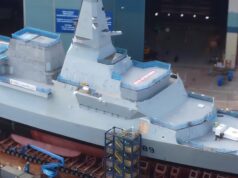
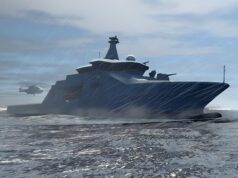
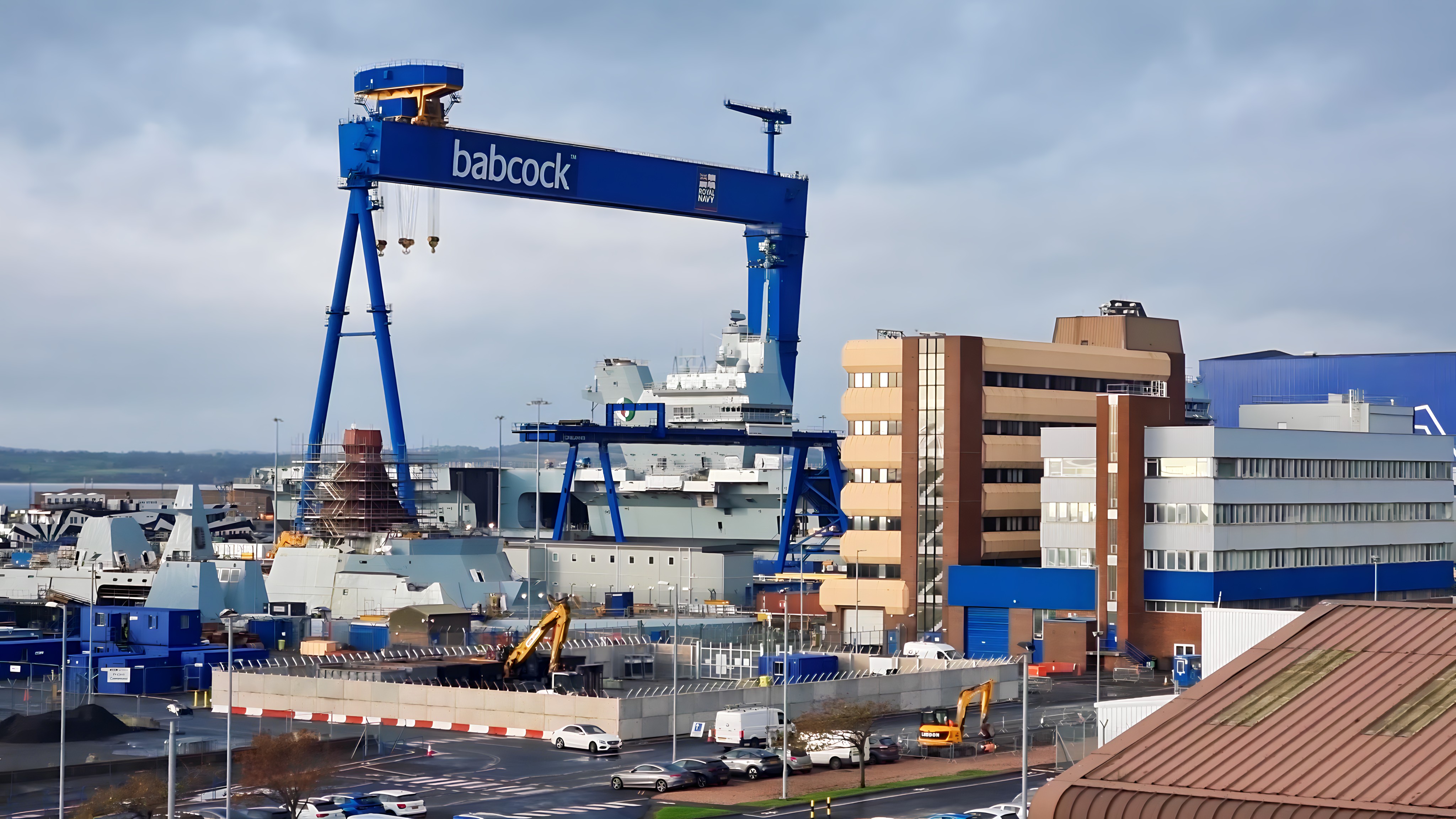

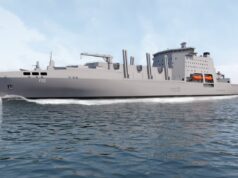

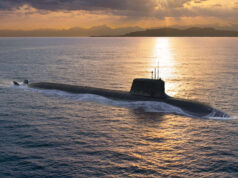
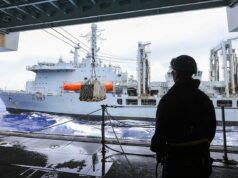
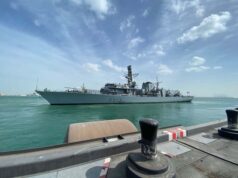

Do we know if QE will enbark an air assets : F35’s, Merlins, Wildcats, Chinooks or Apache’s?
one would assume so, since it’s going out for a training mission. You can’t effectively train deck crews, etc… and pilot carrier qualification without any aircraft
i doubt it will have 40 aircraft, probably anywhere between a dozen to twenty mixed aircraft would be my guess.
Are yeah I should have said what air assets not if? It would be good to see a few Apache’s enbark, to get some pilot and deck crew qualifications.
My suspicion is that QEC is doing the deck qualifying that is normally done on Argus.
Problem is that Argus isn’t in the right place and is having to be used to operational deployments with a Bay as there is nothing else to send.
So my guess is that this is all helicopter qualification. Obviously good that they are all QEC qualified now as that is the main operational platform. I’d be surprised if OP WD40 didn’t spring into action to qualify some of the Apache’s obviously OP WD40 covers Chinook too 🙂
You’re probably right. Although Argus is back home at the moment but imagine her crew is currently on leave? With nether Albion or Balwark available, using a carrier is the next best option to keep rotar crew current?
why?
Per article text, “…each carrier is outfitted w/…30mm DS30M Mk2 guns…” Congrats to the RN, if this is indeed the case. 🤔👍😊🇬🇧
I do hope they re going to police the Chanel and stop these illegal immigrants coming here we are only an island there is no room let alone money to keep them
are u a russian bot sowing discontent?
Buwhahaha nice answer
Funny enough thought the same but you were first Peter. Judging by the grammmar of the post it surely looks like 10 p per post KGB paid web mole.😅
doesn’t need one we’re all disconnected already
running them over.
Baileycobbold
woop de whoop. what are the tourists going to look at now the whole harbour will be empty 😭😭
Total waste of money. All naval vessels are vunerable to hypersonic missiles which,at the moment are unstoppable.
Why didn’t they go for nuclear power on these carriers?
Yes I wondered the same thing, though we could really do with some of new American nuclear powered supercarriers